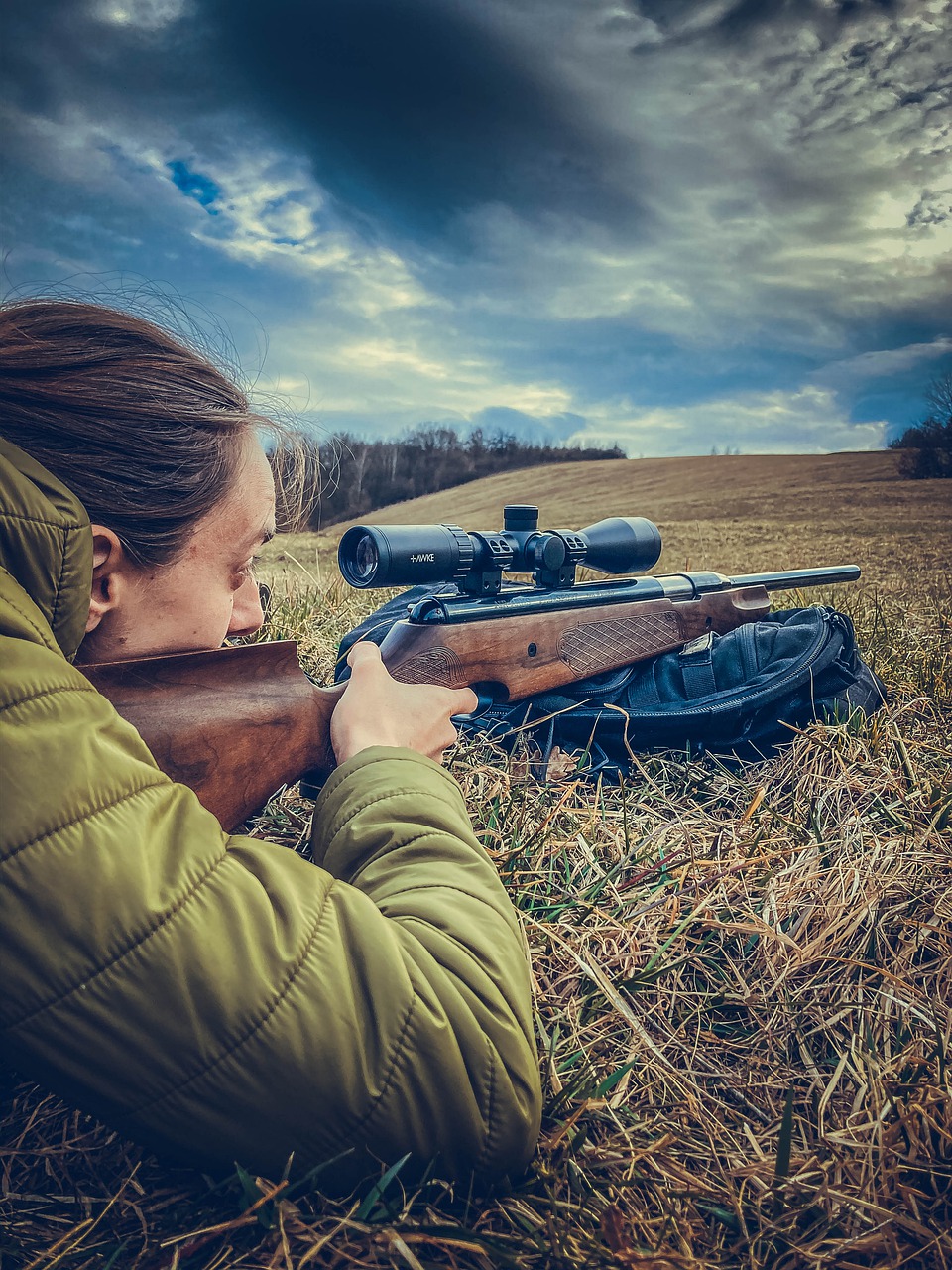“What is an illuminated scope?” is a question asked by many in the shooting community.
Let’s find out together.
What is an Illuminated Reticle Rifle Scope?
An illuminated reticle rifle scope makes the crosshairs more visible in low-light conditions. It uses a switchable battery-powered LED as a light source. Tactical sights use passive light-gathering fibers or radioactive tritium bulbs as light sources.
Telescopic sights are useful for hunting because they bring the target closer than traditional sights. Tactical scopes allow shooters to shoot faster and more accurately. Glass sights are great for daytime use, but they’re useless in low-light situations. Illuminated reticle riflescopes let you continue to fire in any lighting condition.
Note: If you want to know a complete guide and tutorials about scopes click HERE.
Comparing an Illuminated Reticle vs Nonilluminated Reticle
Illumination is a great feature to add to your scope. It allows you to see what you’re shooting at night. It also makes aiming easier because you can use the light to help you aim. However, there are some downsides to adding illumination to your scope.
First, it adds weight to the scope.
Second, it may cause glare if you’re using a red dot sight.
Third, it may make your scope harder to zero out.
Finally, it may reduce accuracy.
What’s the Advantage of an Illuminated Reticle?
An illuminated reticle provides a contrast between the reticule and the target so the target can be seen even in broad daylight. Illuminated reticles were invented to solve problems like those mentioned above.
Illuminated scopes or illuminated riflescopes do not illuminate the target. The illumination does not make the reticle visible against the dark background.
Note: If you want to gain information on How to Dial in a Scope click HERE.
Pros and Cons of an Illuminated Reticle
Pros: Illumination can be turned on or off as needed. Battery life lasts longer than expected. Warranty coverage is longer than expected.
Cons: The higher price tag. Weightier than expected. Illuminates too brightly.
If you have to have an illuminated reticle then its too dark to shoot
An illuminated reticle doesn’t do anything to add more light to your target. Illuminated reticles are used to help hunters see better in dark conditions. Hunters can legally shoot within 30 minutes before or after sunrise or sunset. During those 30 minutes, hunters can use illuminated reticles to help them aim accurately.
An illuminated reticle could be used illegally as well. But, there are ethical ways to use an illuminated reticle.

What is an Illuminated Scope?
Illuminated Reticles Are Useless on BigGame Riflescopes
Electronic illumination of a scope’s target crosshairs is a useless hunting gear gimmick. More than half of the scopes at sporting goods stores have an illuminated crosshair. A lot of these illuminations are heavy, and batteries often die.
Red is the most common illumination color, but several scope models also feature green and blue illumination. Most of these battery-powered devices illuminate the entire reticle like an inferno. These illuminators are particularly bad when using high magnification optics because they make the reticle appear too large. This makes it difficult to aim accurately.
Note: If you want to gain information about Who Makes Redfield Scopes? click HERE.
What to Look For in an Illuminated Reticle Scope?
Illuminated reticles are used by hunters who want to see what they’re shooting at. They are available in different sizes and shapes. You need to know how much light you’ll be using before buying an illuminated reticle.
Magnification Ranges
Hunting riflescopes should be set up to magnify objects at least 10 times. This allows hunters to see a game at distances beyond 1000 yards. Magnification settings greater than 10x allow hunters to get closer to prey without losing sight of them. These higher-magnification scopes are ideal for shooting stationary targets such as deer.
Brightness Settings
Illuminated reticles should be adjustable. They should also have several brightness settings.
Multicoated Lenses
Multicoated lenses are more durable than single-coated lenses. They provide better light transmission and an improved sight picture. Reticles are illuminated when used with scopes with multicoated lenses.
All the scopes below have bright lights and multi-coated lenses. This illuminated rifle scope features magnification settings of 8x to 40x, allowing a wide range of effective shooting distances and making it an ideal scope for many different weapons. It also uses a 50mm objective lens, providing a large field of view even at high magnifications.
This scope is ideal for low-light shooting conditions. The lenses are coated to improve light transmission. The reticle’s brightness can be adjusted by turning a dial.
Note: If you want to know How to Paint a Rifle Scope click HERE.
Fantastic Reticle
This scope’s illuminated reticle isn’t affected by light conditions. It doesn’t use a battery, so there’s no chance of losing power. The illuminated reticle is also provided without a battery.
Reticles do require batteries. Inclement weather makes lenses foggy. Contaminating light produces blurry images.
Glass Etched Reticle
This scope possesses an excellent illuminated reticle. It’s etched straight onto the glass, eliminating one of the chief concerns with illuminated reticles. It’s also been etched straight into the glass, ensuring exceptional visibility with durability.
Turrets offer tactile feedback. They’re great for any weather. They have low eye relief at high power, and they don’t lock.
Conclusion
We hope that you have a better insight into illuminated scopes!
If you want to know more information about scopes click Here.
Author
-

John is the Editor in Chief here at The Outdoor Stores. His area of expertise ensures that there is no one better to suggest which rifles are most suitable for your hunting experience. He is also available for you to contact him personally to discuss the types of animals you want to hunt and the terrain you will be hunting on. Feel free to read his posts for expert opinion on Rifles, Scopes, Rangefinders, Bonoculars and Monoculars.






